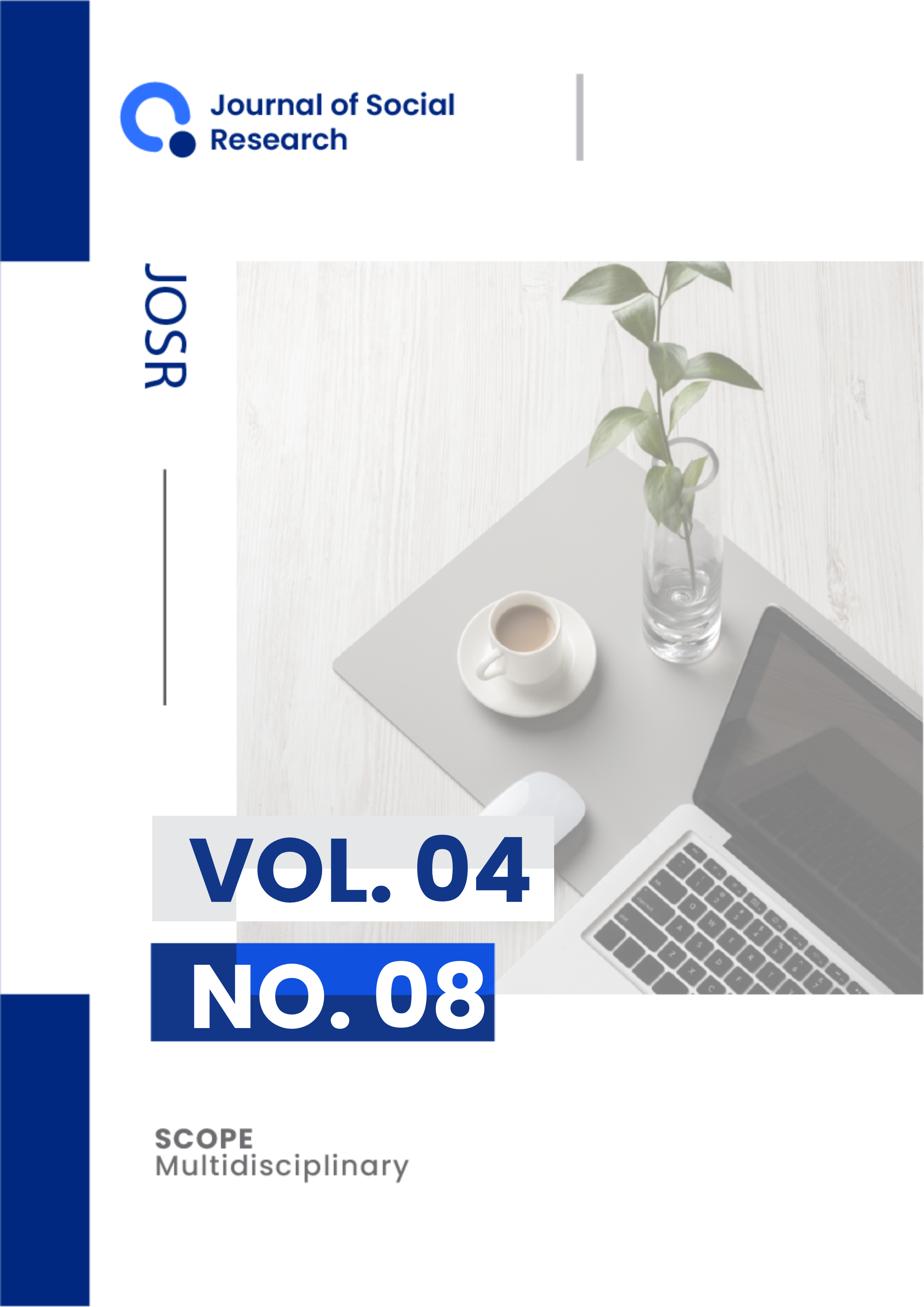Implementation of the Critical Path Method (CPM) in Web Applications for Project Scheduling with Python Programming
DOI:
https://doi.org/10.55324/josr.v4i7.2674Keywords:
critical path method, project scheduling, web application, python programming, construction managementAbstract
The construction industry faces complex challenges involving multiple phases, numerous stakeholders, and intricate interdependencies among activities. The Critical Path Method (CPM) is a proven technique for planning, organizing, and monitoring digital project scheduling activities. This research aims to develop a web-based application that implements CPM for project scheduling using the Python programming language. The study utilizes data from the Pancang Tiowor project by PT. Natural Indococonut Organik, with a contract value of Rp 5,145,000,000.00 and a 90-day execution period in 2024. The methodology comprises a literature review, requirements analysis, and CPM algorithm implementation, all integrated with an interactive interface built using the Streamlit framework. The application automatically computes Early Start (ES), Early Finish (EF), Late Start (LS), Late Finish (LF), and Slack values, while also providing network diagram visualizations. Validation results indicate that the web application delivers accurate calculations, consistent with both manual computations and Microsoft Project outputs. The identified critical path duration is 73 days, compared to the planned 90-day project duration, which provides a 17-day buffer for non-critical tasks. The application effectively offers an efficient, accessible, and user-friendly solution for digital project scheduling management.
Downloads
Published
Issue
Section
License
Copyright (c) 2025 Meliska Eviany Raranta, Fabian J Manoppo, Grace Yoyce Malingkas

This work is licensed under a Creative Commons Attribution-ShareAlike 4.0 International License.

This work is licensed under a Creative Commons Attribution-ShareAlike 4.0 International.
Authors who publish with this journal agree to the following terms:
- Authors retain copyright and grant the journal right of first publication with the work simultaneously licensed under a Creative Commons Attribution-ShareAlike 4.0 International (CC-BY-SA). that allows others to share the work with an acknowledgement of the work's authorship and initial publication in this journal.
- Authors are able to enter into separate, additional contractual arrangements for the non-exclusive distribution of the journal's published version of the work (e.g., post it to an institutional repository or publish it in a book), with an acknowledgement of its initial publication in this journal.
- Authors are permitted and encouraged to post their work online (e.g., in institutional repositories or on their website) prior to and during the submission process, as it can lead to productive exchanges, as well as earlier and greater citation of published work.








